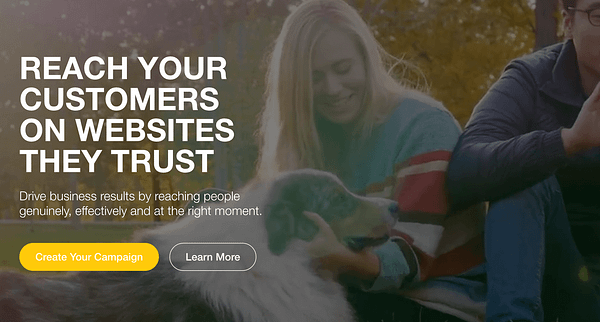In content marketing, creating outstanding content is only part of the equation. The next crucial step is promoting it effectively to reach and engage your target audience.
With the internet flooded with content, standing out requires not just creativity but also strategic promotion. However, this endeavour comes with its own set of challenges, such as ensuring brand safety in environments where misinformation and hate speech may be prevalent.
So here are some strategies for promoting your blog posts, infographics, and other forms of content, with a particular focus on navigating the complexities of social media, including the challenges posed by platforms like Twitter (now known as X), email marketing, and outreach.
Social Media Strategies
Choosing the Right Platforms
- Facebook: A versatile, popular platform for sharing diverse content types.
- X (formerly Twitter): While effective for quick updates and linking to detailed content, X poses unique challenges. Given its issues with hate speech and misinformation, brands must tread carefully to maintain a positive and safe image.
- LinkedIn: Best for professional content and B2B marketing.
- Instagram and Pinterest: Ideal for visual content like infographics.
Tailoring Content for Each Platform
- Adaptation: Modify your content to fit each platform’s style and audience.
- Hashtags and Trends: Use these wisely to enhance visibility but avoid controversial or harmful topics, especially on platforms like X.
- Engagement: Interact with your audience while being mindful of the conversations you engage in, particularly on more volatile platforms.
Email Marketing
Building a Robust Email List
- Lead Magnets: Offer valuable incentives for email subscriptions.
- Non-Intrusive Pop-Ups: Employ these on your site for sign-up prompts.
Crafting Compelling Emails
- Personalisation: Tailor emails to subscriber interests and behaviours.
- Value-Driven Content: Ensure each email offers something worthwhile.
- Clear CTA: Direct readers to your content with an explicit call-to-action.
Outreach and Collaboration
Identifying Collaborative Opportunities
- Influencers and Bloggers: Look for those with a positive and respectful online presence.
- Industry Experts: Their contributions can enhance your content’s credibility.
Effective Outreach Approaches
- Personalised Communication: Tailor your outreach to each potential collaborator.
- Emphasise Mutual Benefit: Highlight how sharing your content is advantageous for them too. Think win-win or WIIFM (what’s in it for me?).
Paid Promotion: A Cautious Approach
Paid Social Media
- Targeted Ads: Use these on platforms like Facebook and LinkedIn, but be cautious with X due to its unpredictable environment.
- Budget Management: Start small and adjust based on performance.
Sponsored Content Options

Source: The Taboola website
The Role of Analytics
Measuring Impact
- Traffic and Engagement Analytics: Tools like Google Analytics are essential.
- Social Media Insights: These can guide your strategy, but be wary of misleading metrics on problematic platforms.
Continuous Refinement
- A/B Testing: Regularly test and adapt your strategies.
- Audience Feedback: Use it to improve both content and promotion tactics.
Promoting content in today’s digital landscape demands a strategic and adaptable approach. The key is to balance effective promotion with brand safety, especially on platforms with issues like X. By continuously refining your methods and staying informed about the latest digital trends and challenges, you can maximize your content’s reach and impact while maintaining a strong, positive brand presence.
